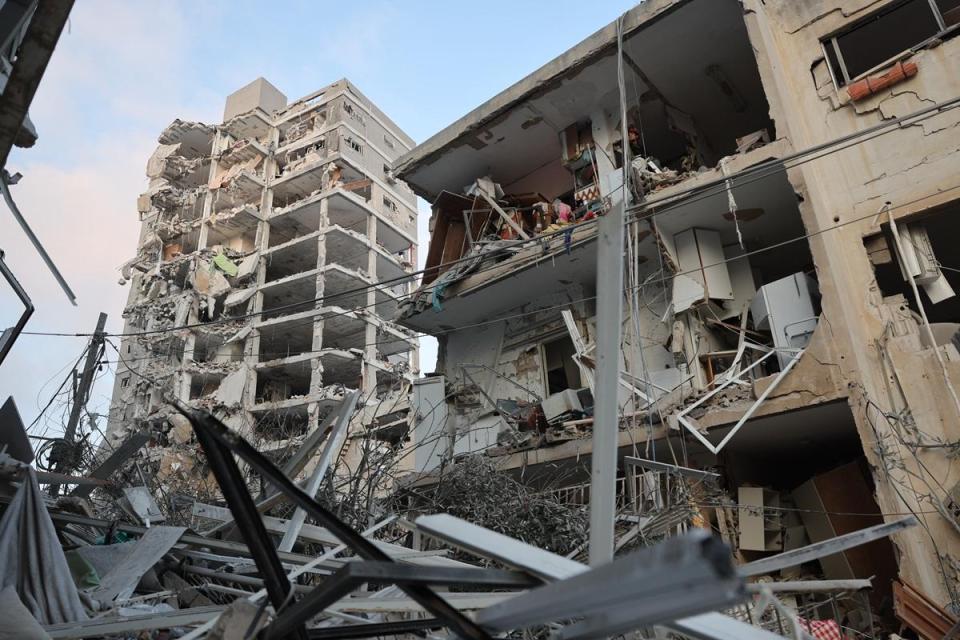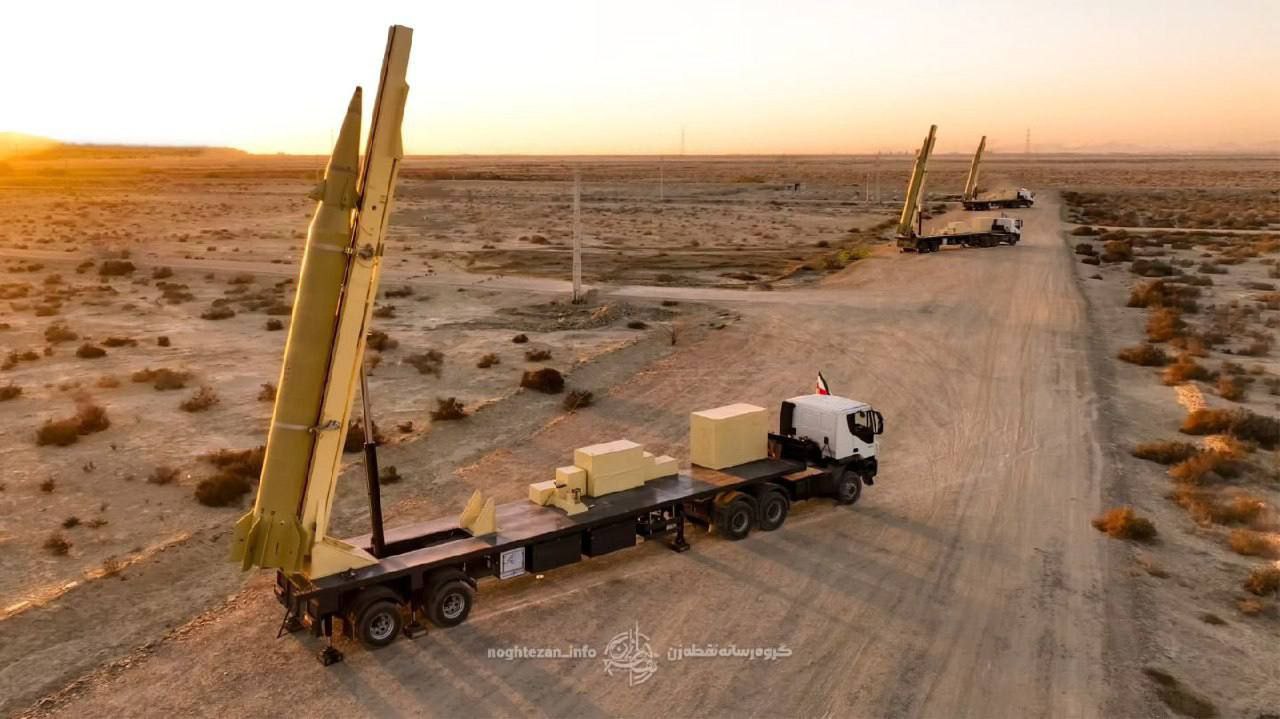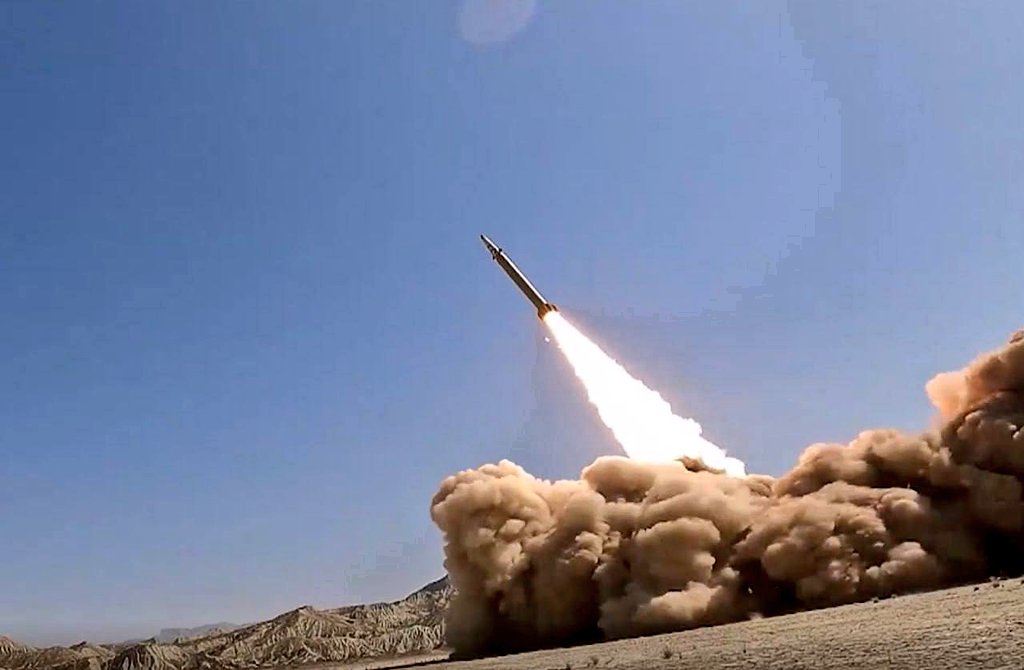(VIDEO) Qassem Basir Missile Makes Combat Debut: Iran Targets Israel with Breakthrough Precision Weapon
The unprecedented revelation, confirmed through Iranian state-affiliated FARS News Agency, comes just weeks after Tehran publicly unveiled the missile and signals a rapid transition from prototype to battlefield readiness, reinforcing Iran’s ambitions to reshape the military balance in the Middle East.
(DEFENCE SECURITY ASIA) — In a moment of historic significance and growing strategic volatility, Iran has formally acknowledged the combat deployment of its most advanced precision-guided ballistic missile to date, the Qassem Basir, marking its operational debut during a major missile offensive targeting Israeli territory over the weekend.
The unprecedented revelation, confirmed through Iranian state-affiliated FARS News Agency, comes just weeks after Tehran publicly unveiled the missile and signals a rapid transition from prototype to battlefield readiness, reinforcing Iran’s ambitions to reshape the military balance in the Middle East.
According to Iranian sources, the Qassem Basir was launched against multiple strategic targets in Tel Aviv and Bat Yam, with Tehran claiming the strikes resulted in high-impact damage and multiple casualties.
Israeli military authorities have since confirmed that troops from the Home Front Command’s elite Search and Rescue Brigade continue to operate at the Bat Yam impact zone, where the missile made landfall near Tel Aviv.
The Israeli Defence Forces (IDF) reported that the attack resulted in four fatalities and over 100 injuries, while approximately 20 individuals remain unaccounted for, as rescue operations intensify amid scenes of devastation.
Military analysts regard the use of the Qassem Basir as a deliberate escalation in Iran’s evolving deterrence and counter-intervention doctrine, timed to test the resilience of Western and Israeli missile defence systems during a period of regional instability.
With a declared operational range of 1,200 kilometers, the Qassem Basir leverages a dual-stage solid-fuel propulsion system and an advanced maneuverable reentry vehicle (MaRV), enabling it to target high-value installations with precision while bypassing conventional interception corridors.
(VIDEO) Iran’s missile strike on the Bat Yam area in Tel Aviv, Israel
Video Player
00:00
00:00
“Iran’s use of the Qassem Basir signals not just a tactical strike, but a strategic message—it is a missile built to slip past layered Western missile defence networks with alarming reliability,” a senior missile warfare expert based in the region told Defence Security Asia.
However, Israeli military officials dispute Tehran’s claims, asserting that the missiles launched lacked maneuverable capability, contradicting Iran’s portrayal of the Qassem Basir as an agile and evasive reentry system.
The missile’s public unveiling last month was accompanied by state television footage showcasing live-fire tests under electronic warfare conditions, with visuals depicting precision strikes on simulated battlefield targets in rugged terrain—intended as a clear demonstration of real-world combat viability.
An evolutionary successor to the Shahid Haj Qassem missile introduced in 2020, the Qassem Basir integrates next-generation enhancements, including electro-optical infrared terminal seekers, inertial navigation systems, and electronic interference resistance, allowing it to operate effectively in high-intensity conflict zones where GPS signals may be denied.
Iran’s Defence Minister, General Aziz Nasirzadeh, underscored the missile’s resilience and survivability in the face of cutting-edge defence networks, stating, “Qassem Basir will be immune to the American THAAD and Patriot air defence systems, as well as the Israeli regime’s layered Arrow systems.”
To understand the missile’s intended role, it is important to contextualize the systems it was designed to defeat.
The Terminal High Altitude Area Defense (THAAD), developed by the United States, is a sophisticated exo-atmospheric interceptor designed to neutralize medium-range ballistic threats during their terminal phase using a hit-to-kill mechanism.


The widely deployed Patriot missile defence system, also American-made, offers low-to-mid altitude protection against tactical ballistic and cruise missiles but has faced limitations when confronting newer, high-maneuverability threats.
Meanwhile, Israel’s Arrow missile defence system, jointly developed with the United States, serves as the cornerstone of its strategic air shield, with Arrow-2 and Arrow-3 interceptors designed to engage long-range missiles at high altitudes—though critics warn of potential vulnerabilities under saturation or deceptive strike conditions.
The Qassem Basir’s MaRV configuration, designed to execute non-linear trajectories and evasive maneuvers during reentry, introduces an unprecedented layer of complexity that significantly reduces the probability of successful interception.
A senior defence analyst in Tehran emphasized, “The missile’s agility and guidance system allow it to adjust course mid-flight, effectively rendering traditional interception models obsolete,” further noting its resistance to “intense electronic interference during testing.”
With a 500-kilogram high-explosive warhead, the missile is engineered to obliterate hardened infrastructure, while its mobile launch system, often disguised as civilian vehicles, adds a crucial element of operational stealth and first-strike survivability.
The Qassem Basir’s modular design and solid-fuel readiness also allow for rapid production and saturation deployment, giving Iranian forces the capacity to overwhelm even advanced multi-layered defence systems through sheer volume and tempo.
These capabilities are believed to have been informed by operational data collected during Iran’s True Promise 1 and 2 missile offensives against Israeli positions in 2024, which exposed significant weaknesses in detection-to-intercept timelines.


